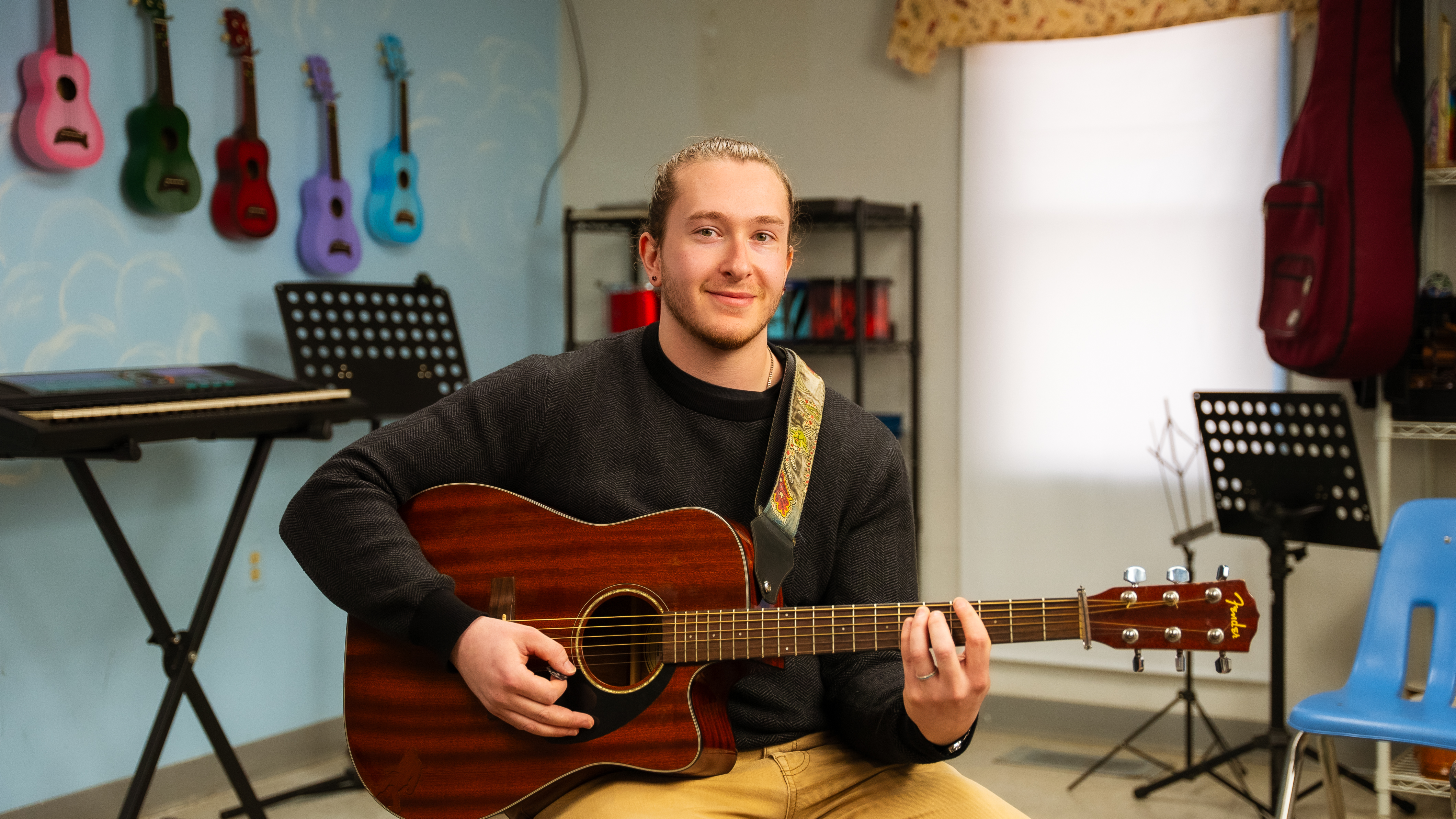April is National Autism Awareness month. At its best, this nationwide effort exists to celebrate the inclusion and successes of those living with autism. However, we would be remiss if we also didn’t take this opportunity to shine the awareness light on an issue that negatively affects individuals, primarily children, living with autism. Statistics show that children with disabilities, which include those with autism, are disproportionately physically restrained or secluded each year as a means of punishment or behavioral control.
According to the Department of Education’s Civil Rights Data Collection, nearly 70,000 students covered under the Individuals with Disabilities Education Act were restrained or secluded in 2013-14. Those students account for over 200,000 incidents involving these coercive behavioral management techniques. It is sobering to think that one in every 100 students with disabilities is impacted.
In another recent study, NPR and Propublica found that, despite representing only 12% of the public school population, students with disabilities comprise two-thirds of the children who are physically restrained or secluded from their classmates annually.
Sadly, I would speculate that these numbers are low. First, despite government requirements, many school systems are not adequately reporting the incident rates. Schools are required to not only report any incidents of restrain or seclusion, but are also mandated to let the parent(s) know. Despite this, there have been many, many examples in the news of parents who were never being told that their special needs child was regularly restrained or secluded. In some cases, their child may have been experiencing this type to treatment for months or even years.
This is especially true with children who have communications challenges. If a child is nonverbal or minimally verbal, a parent has to rely on the school system to inform them of any restraint or seclusion of their child. Therefore, it is essential for parents to recognize signs of restraint or seclusion such as:
- Unusual marking or bruising
- Regression in behavior
- Not wanting to be alone
- A new fear or resistance to going to school
- Increased aggression
These common signs truly epitomize the negative effects of restraint and/or seclusion, techniques that have potentially deadly and, without question, traumatic consequences. They are not evidence-based practices and there is no data to suggest that either leads to reduced violent or uncontrolled behavior.[i] In fact, research indicates that restraint and seclusion actually cause, reinforce and maintain aggression and violence.[ii] And let’s not forget that kids with autism group up to be adults with autism. Exposing children to this type of trauma will create even more complications and barriers for success for adults living with autism.
It is imperative that these practices be dramatically reduced, not just with children with special needs, but all vulnerable people, both children and adults . In order to do that, we have to provide teachers with training that offers meaningful intervention, including a safe, physical alternative to use before restraint. This is the key to massively reducing these practices and increasing the safety of the child, the teacher and the other students in the classroom.
Existing legislation dictates that a child with disabilities has the right to a “free appropriate public education” (FAPE), which includes an challenging curriculum, suited to their needs. However, if a child with autism is spending the majority of the day restrained or in a seclusion room, it doesn’t matter how challenging the lessons, how aspiring the goals or how good the intention; children simply can’t learn if they are in emotional or physical submission for the majority of the school day.
Ironically, April is also Child Abuse Prevention Month. If we are honest with ourselves, exposing children to this type of demoralizing, traumatic and damaging practice can rightly be described as physical and/or emotional abuse. All children, including those living with autism, deserve better. Before we can educate children, we have to stop hurting them.




